一段瘋狂的豆子之旅開始
夏威夷豆有著悠久而迷人的歷史,跨越數千年。這些奶油般的營養豆原產於澳大利亞,如今因其精緻的口感和多用途而受到人們的喜愛。當我們深入探究夏威夷豆的歷史時,我們將揭示它們的古老傳統、文化意義和令人驚嘆的旅程,這使它們成為全球追捧的美食。
夏威夷豆的歷史:一顆有著古老起源的豆子
夏威夷豆有著令人驚嘆的歷史,可以追溯到古代。澳大利亞的原住民部落最早發現了這些珍寶,它們在昆士蘭和新南威爾士的雨林中野生生長。這些堅果因其豐富的風味和豐富的油含量而受到高度重視,成為原住民飲食中不可或缺的一部分。
與原住民的聯繫
澳大利亞原住民對夏威夷豆有著深厚的聯繫,他們視其為一種神聖的食物。數百年來,這些豆子在他們的文化和傳統儀式中扮演著重要角色。澳洲原住民也認識到夏威夷豆的藥用價值,用它們治療各種疾病。
歐洲的遭遇:夏威夷豆進入全球舞台
夏威夷豆的迷人旅程繼續著,當歐洲的探險家來到澳大利亞時。在18世紀末,英國植物學家艾倫·坎寧安(Allan Cunningham)遇到了夏威夷豆樹,並以他的朋友約翰·麥克亞當(John Macadam)的名字為它命名。然而,直到19世紀中葉,夏威夷豆才獲得國際認可。
令人困惑的豆子名字
起初,夏威夷豆有著不同的名字,包括”Kindal Kindal”和”Bauple豆”,這反映了它們被發現的地區。然而,最終以”夏威夷豆”這個名字為人們所熟知,以紀念首次記錄這些獨特豆子的植物學家。
夏威夷豆走向世界:從澳大利亞到夏威夷
夏威夷豆真正的突破是當它們從澳大利亞傳入夏威夷。在19世紀末,植物學家威廉·赫伯特·柏維斯(William Herbert Purvis)認識到夏威夷豆的潛力,將它們帶到了夏威夷群島。夏威夷的肥沃火山土壤和理想的氣候成為這些豆樹茁壯成長的完美環境。
夏威夷豆產業
夏威夷對夏威夷豆的接納程度很高,到了20世紀初,在各島上建立了許多種植園。夏威夷的夏威夷豆產業蓬勃發展,這些豆子在當地人和遊客中越來越受歡迎。創新的栽培和收穫技術的發展促成了這個產業的增長。
夏威夷豆:從野生到栽培
栽培夏威夷豆並不容易。這些豆子有著堅硬的外殼,使得它們難以砸開。
野生夏威夷豆到栽培豆
最初,夏威夷豆是通過野生方式收集的,只有極少數人知道如何處理和開啟它們的外殼。隨著對夏威夷豆需求的增加,栽培夏威夷豆成為一個重要的挑戰。耐心和創新的栽培方法使得夏威夷豆得以成功栽培和大規模生產。
夏威夷豆的多樣用途
夏威夷豆擁有令人垂涎的美味,並在各種食品中廣泛使用。無論是烘烤、糖果、巧克力,還是濃郁的夏威夷風味咖啡,夏威夷豆都能為食物增添獨特的風味和口感。此外,夏威夷豆也被用於製作潤膚霜、護髮油等護膚和護髮產品,因其豐富的營養成分和保濕效果而受到讚譽。
夏威夷豆的營養價值
夏威夷豆不僅令人垂涎欲滴,還富含營養價值。它們含有豐富的健康脂肪、蛋白質、膳食纖維和維生素,如維生素B1和維生素E。這些營養素對心臟健康、腦功能和消化系統都有益處。夏威夷豆還含有抗氧化物,有助於保護身體免受自由基的損害。
結論
夏威夷豆的歷史豐富多彩,從其古老的起源到如今的廣泛應用。從原住民的神聖食物到全球受歡迎的美食,夏威夷豆在不同文化和美食傳統中扮演著重要角色。它們的豐富營養價值和多樣用途使其成為健康和美味的選擇。讓我們一起享受這個令人垂涎的堅果,並感受夏威夷豆背後的故事。
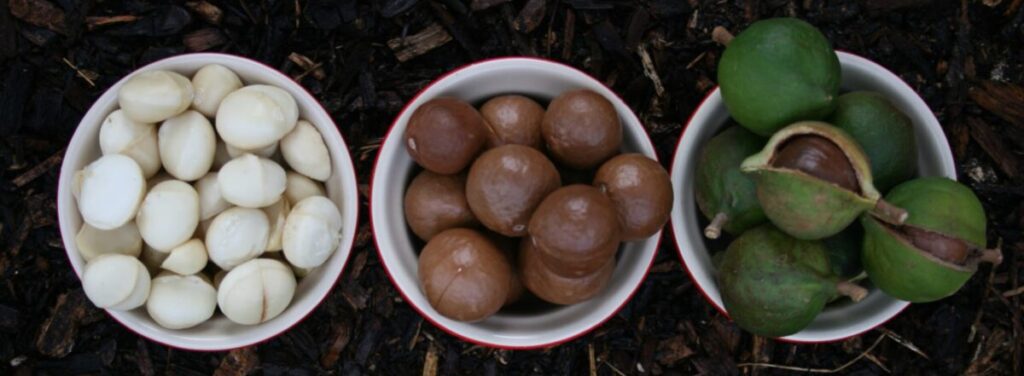
Introduction: A Nutty Journey Begins
Macadamia nuts have a rich and captivating history that spans thousands of years. These buttery and nutritious nuts are native to Australia and are now celebrated for their exquisite flavor and versatility. As we delve into the history of Macadamia nuts, we will uncover the ancient traditions, cultural significance, and remarkable journey that has made them a sought-after delicacy worldwide.
History of Macadamia Nuts: A Nut with Ancient Origins
Macadamia nuts have a remarkable history that stretches back to ancient times. Indigenous Australian tribes were the first to discover these treasures growing wild in the rainforests of Queensland and New South Wales. The nuts were highly valued for their rich flavor and abundant oil content, making them an essential part of the indigenous diet.
The Indigenous Connection
The Indigenous people of Australia have a deep connection to Macadamia nuts, which they consider a sacred food. For centuries, these nuts played a vital role in their culture and traditional ceremonies. The Aboriginal people also recognized the medicinal properties of Macadamia nuts and used them for various ailments.
European Encounter: Macadamia Nuts Enter the Global Stage
The fascinating journey of Macadamia nuts continued when European explorers arrived in Australia. In the late 18th century, British botanist Allan Cunningham encountered the Macadamia tree and named it after his friend, John Macadam. However, it wasn’t until the mid-19th century that Macadamia nuts gained international recognition.
The Nutty Name Confusion
Initially, Macadamia nuts were known by different names, including “Kindal Kindal” and “Bauple nuts,” which reflected the regions where they were found. However, it was the name “Macadamia” that ultimately stuck, honoring the botanist who first documented these unique nuts.
Macadamia Nuts Go Global: From Australia to Hawaii
The true breakthrough for Macadamia nuts occurred when they made their way from Australia to Hawaii. In the late 19th century, William Herbert Purvis, a botanist, recognized the potential of Macadamia nuts and brought them to the Hawaiian Islands. The fertile volcanic soil and ideal climate of Hawaii proved to be the perfect environment for these nut trees to thrive.
The Hawaiian Macadamia Industry
Hawaii embraced Macadamia nuts, and by the early 20th century, plantations were established across the islands. The Hawaiian Macadamia industry flourished, and the nuts gained popularity among locals and tourists alike. The development of innovative cultivation and harvesting techniques contributed to the growth of this industry.
Contact Info:

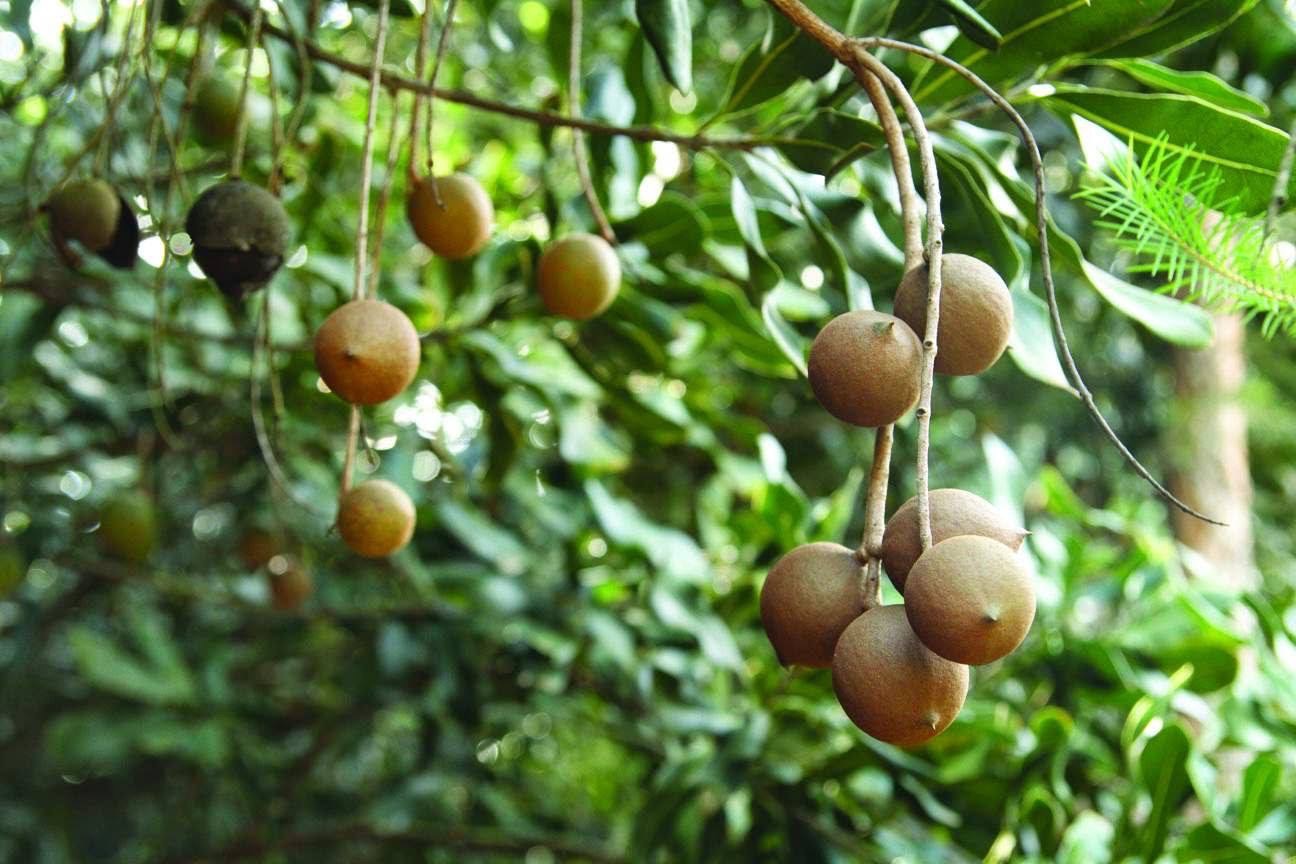
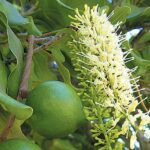


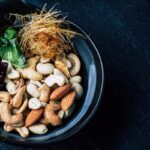
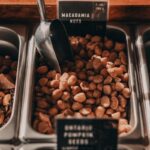

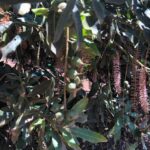
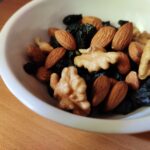
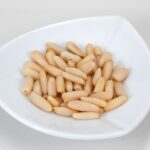
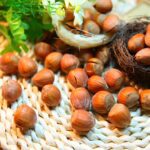
Leave a Reply